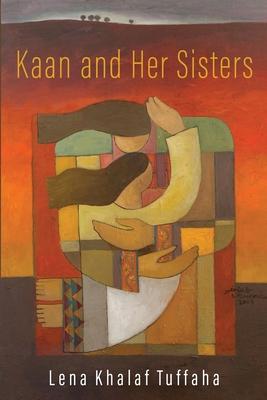Lena Khalaf Tuffaha's Kaan and Her Sisters illuminates the work of grief and survival, the sordid legacies of official historical record and the liberatory practice of intimate narration. Tuffaha writes in the liminal space between languages, personifying Arabic verbs who guide the reader through a "history hurtling into the future." Kaan and Her Sisters centers character of the Arabic teacher, Miss Sahar, whose progressive displacements from Palestine and across Arab cities unfold in epistles, refashioned songs, and glimpses into the interiors of her lost home. In these disclosures, a study of time and a record of resistance to erasure emerges, and at its heart, the women who keep intergenerational memory. "Our mothers miraculous, persevering./No maps are new to the ancestors."

Lena Khalaf Tuffaha's Kaan and Her Sisters illuminates the work of grief and survival, the sordid legacies of official historical record and the liberatory practice of intimate narration. Tuffaha writes in the liminal space between languages, personifying Arabic verbs who guide the reader through a "history hurtling into the future." Kaan and Her Sisters centers character of the Arabic teacher, Miss Sahar, whose progressive displacements from Palestine and across Arab cities unfold in epistles, refashioned songs, and glimpses into the interiors of her lost home. In these disclosures, a study of time and a record of resistance to erasure emerges, and at its heart, the women who keep intergenerational memory. "Our mothers miraculous, persevering./No maps are new to the ancestors."